Impressive Tips About How To Cope A Joint For Crown Molding

First, you will need to make a clean, straight cut along the length of the molding.
How to cope a joint for crown molding. Prime the stock on all sides, don’t store it in the garage or basement, and if possible, use air conditioners. The easiest way to do this is to use a power miter and a coping saw. To cut a coped joint, you will need to use a jig saw, coping saw, or reciprocating saw.
Make a butt cut using your miter saw set at 90 degrees, take one piece of the crown moulding and make a square. Simple trick to cope crown and base molding like a pro every time. Coped joints help cover irregularities more effectively than mitred joints.
On one side of the inside corner of molding measure the length of the required base molding or crown molding, cut both molding ends square and fasten it in place. Ideally, the relative humidity should be 35% to 40% at a temperature of 60°f to 70°f. Next, you will need to.
Cut in small pieces and take your time; The best way to cut inside joints on crown molding is to cope them with a coping saw. For an inside corner cut, you’ll need to.
Simply cutting two 45 degree angles on inside crown molding joints usually results in an unwanted. Please let me know if this video helped you with your project! It's easy to install an elaborate cornice when you work in layers, and the end result will add a bold statement to any room.
A coped joint is sometimes used when crown mouldings meet at inside corners. Make a miter cut take the other.


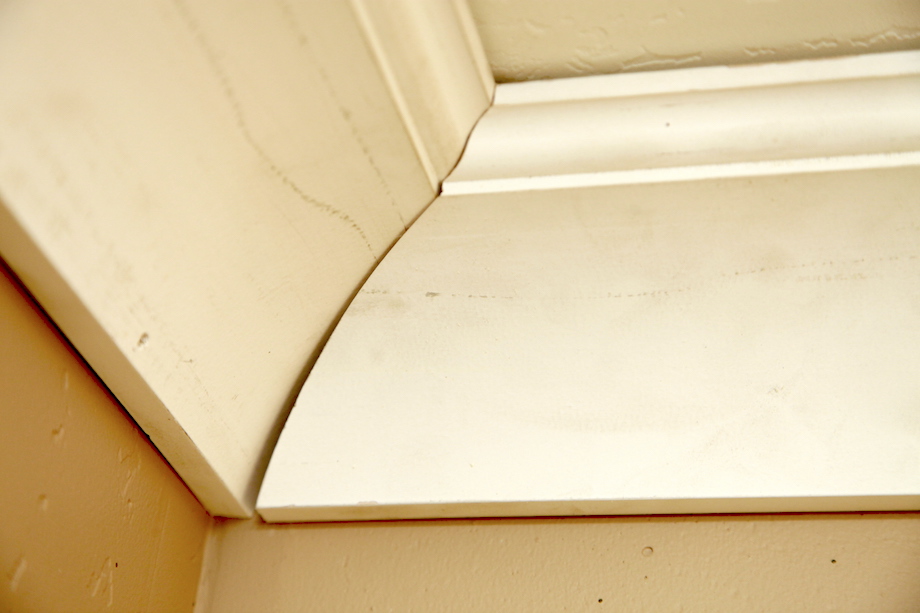

/cdn.vox-cdn.com/uploads/chorus_asset/file/19494106/crown_molding_OverLg.jpg)


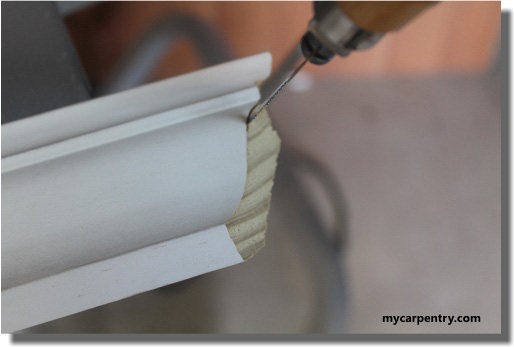


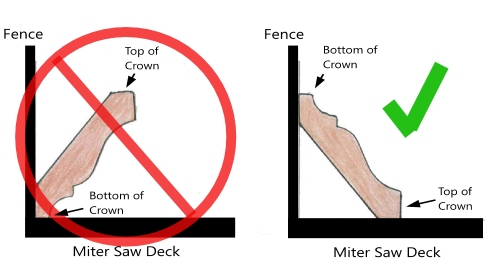
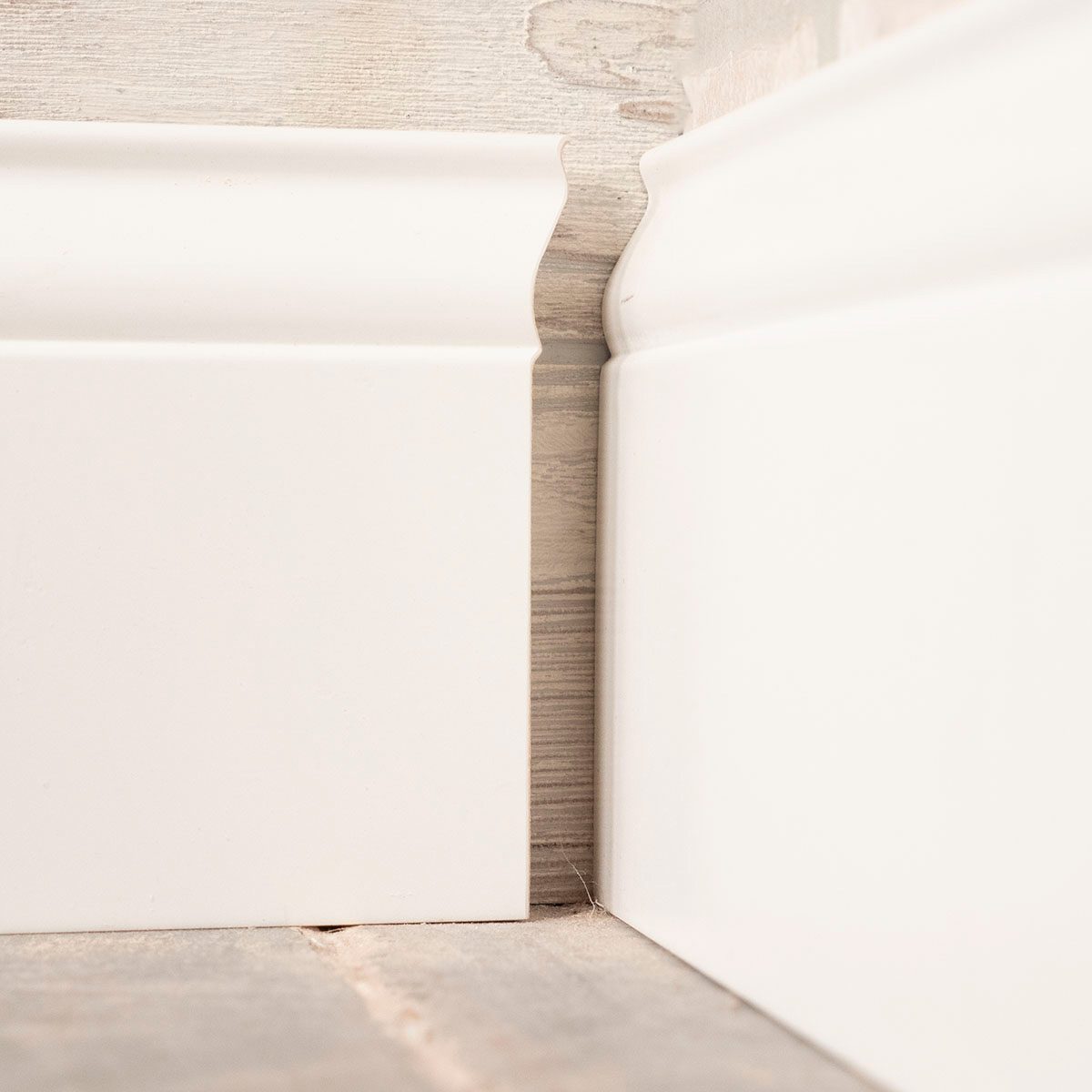



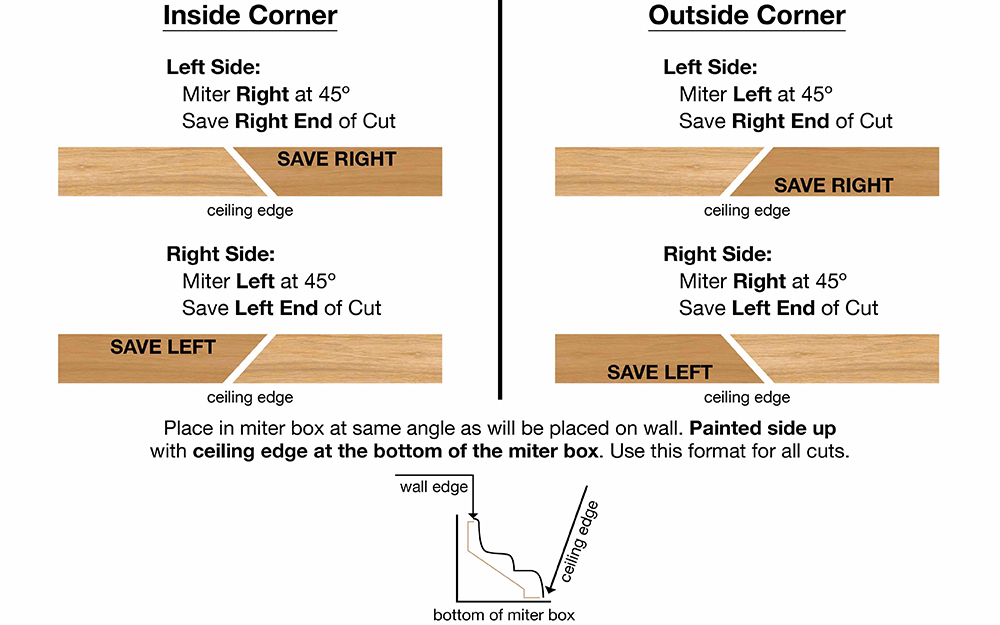

/cdn.vox-cdn.com/uploads/chorus_image/image/65891798/howto_crownmolding_14.0.jpg)